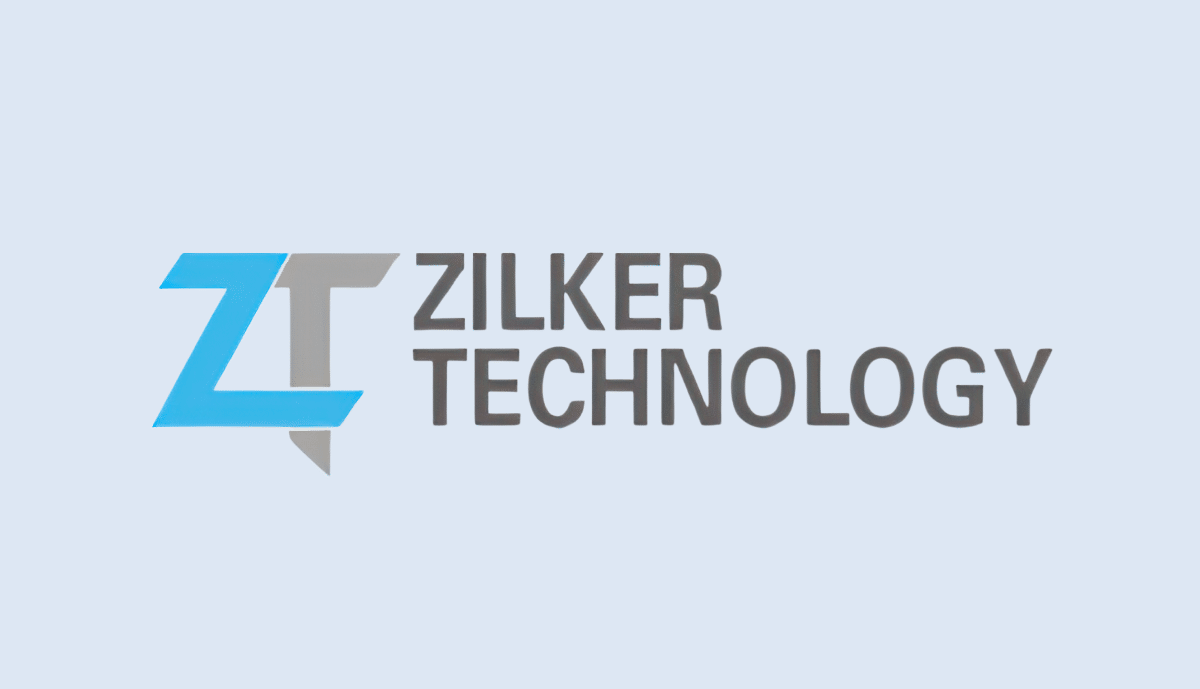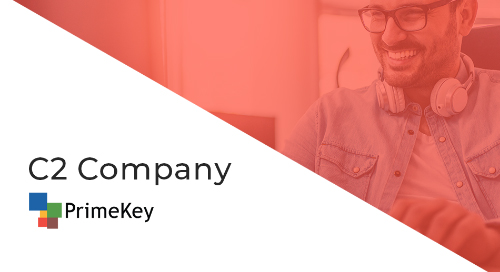We sat down with Andrew Rossman, Vice President at Globiox Incorporated, a pharmaceutical and life sciences consulting firm, to discuss how his organization was able to go cloud-based and grow, all while keeping staff happy after leaving Kantata behind.
BigTime: What challenges led your firm to BigTime?
Andrew: When we started looking around for a solution like BigTime, we had been with a competitor for many years— about a decade. What I figured out was that their software was changing so frequently that our admin staff couldn’t keep up. What ended up happening is we had to retrain multiple times, multiple hours, every single quarter. That just became infeasible to keep up with. So, I wanted a different solution that when new releases came about, we understood what those releases were and could actually implement them into our business.
BigTime: What was the biggest factor in choosing BigTime?
Andrew: The biggest factor for us was switching to a more virtual state. For a company that used to have employees in-house, in the building, and at physical locations, projects used to be run on a chalkboard, versus now where it’s more virtual. What we needed was some sort of project management tool which BigTime had. The Task Center, and within that, for each project is pretty seamless and really keeps people focused on the billable task at hand. The alternatives to BigTime were kind of clunky— they took an hour to set up a project, whereas in BigTime it’s taking me five to ten minutes to set up any given project. That was a huge thing. And then, of course, BigTime had this cost model that we could scale with. We’re a small company— it was five when we first joined and now with BigTime we’re up to 12-15 contractors on a given day. BigTime allowed us the ability to scale with them— that was a huge plus for us.
BigTime: What was the implementation process like for your firm?
Andrew: The implementation of BigTime was really simple and pretty straightforward. We did it in a two-step process. We did it first for the admin staff that was going to be operating in the back-end to really get comfortable with the system and that took about a week. We then were able to set up our new projects within BigTime and that took about a week. Then, getting all the staff onboarded took about a day— that was the easiest part of the entire setup. The reason that we didn’t bring historical data over is we had been using a competitor, Mavenlink, for about a decade. Like I mentioned before, the system for exporting the data out of Mavenlink was very clunky. We couldn’t figure out exactly what to bring over and ultimately it was just easier to re-type and re-enter into BigTime for anything that we wanted to bring over.
BigTime: Where have you seen improvement in your day-to-day work?
Andrew: Luckily for my day-to-day work, I don’t have to manage the data entry coming in so that’s been great. Allowing an admin to really take ownership of that has been a huge weight lifted off my shoulders. Being able to trust someone from day one to go into BigTime with the parameters you can set for your own company allows you to understand and pull reports at any given time. It also gives us an understanding of exactly what your employees are doing, along with details about why they’re doing it, if that’s what you’re wanting to know.
BigTime: Have you seen improvement in the overall workflow of a project?
Andrew: One thing about our business is it’s project-oriented, and every project is wildly different. So, we have a bunch of tasks and subtasks for each one of our projects. A huge improvement that I’ve seen is less questions about “what am I supposed to be doing on a project?”. Not only does it keep the time for that task, but you can also identify the tasks that someone needs to work on and push it out through BigTime. For instance, speaking on the integration side, we utilize the QuickBooks Online integration tool that’s really where we find a lot of value. In BigTime, that QuickBooks data comes over seamlessly and it allows us to make corrections within BigTime before bringing it over to our accounting software. We still use QuickBooks for invoicing, and it really helps to have that double-stop and double-look before invoicing clients. Because of this key integration, we’ve noticed a huge decrease in the amount of invoices with mistakes on them. Whenever you make a mistake on invoicing, obviously, it can lead to upset customers — so BigTime’s integration capabilities have really been beneficial in that regard.
BigTime: Have you noticed any positive change in your team’s productivity?
Andrew: BigTime’s capabilities allow us to forecast for the next week, what kind of tasks each employee needs, and how overloaded they are — which was especially useful in 2020 to now. BigTime has been huge in helping us identify those people either slacking off at their home office or working overtime and not mentioning anything. You can’t really see the stress that you’re putting on an employee. Typically the numbers do tell you something. What we’ve seen is if we have an employee working 50 hours a week, we can forecast a little less work for them the next week. Conversely, if we have an employee where they’re coming in at 20 hours per week when it was supposed to be more like 40, we can easily increase their workload based upon the reports that BigTime is giving us.
BigTime: Recommendations for others considering BigTime?
Andrew: I would say that my biggest piece of advice is to make sure that you find something that can fit your company. Every company is different — if you have 10,000 employees, it may be a different solution than if you have 10 to 100. Secondly, make sure they can scale with you, so understand what your growth looks like. Not every company wants to grow and maybe you don’t need an overblown solution, but find something that fits your exact needs. Also, look at and make sure that the vendor has been around for a little bit and that any bugs are already kinked out. Whenever releases happen, you don’t want to be stuck with the software that’s stagnant, but at the same time you don’t want to have to relearn the system every quarter.



